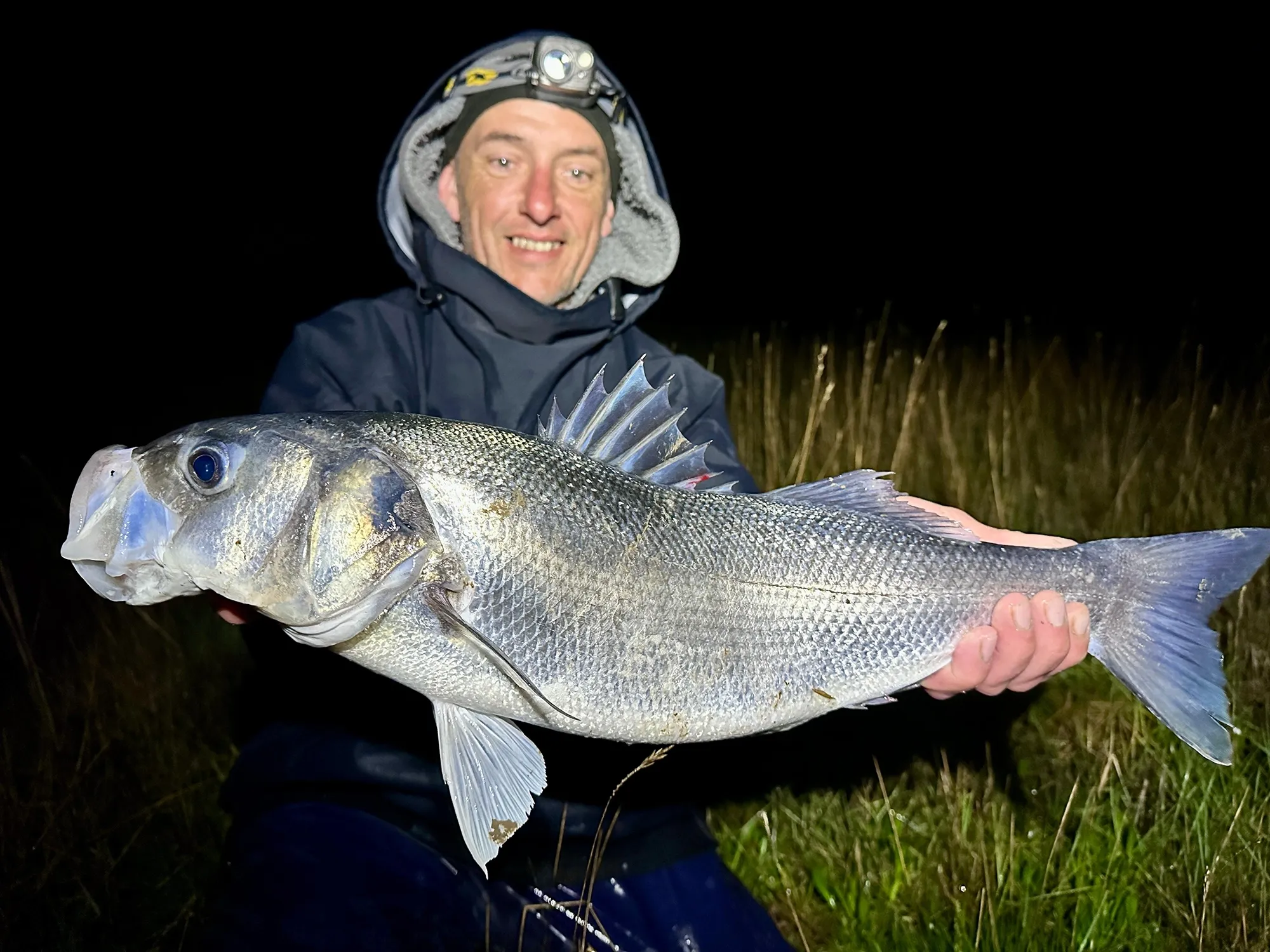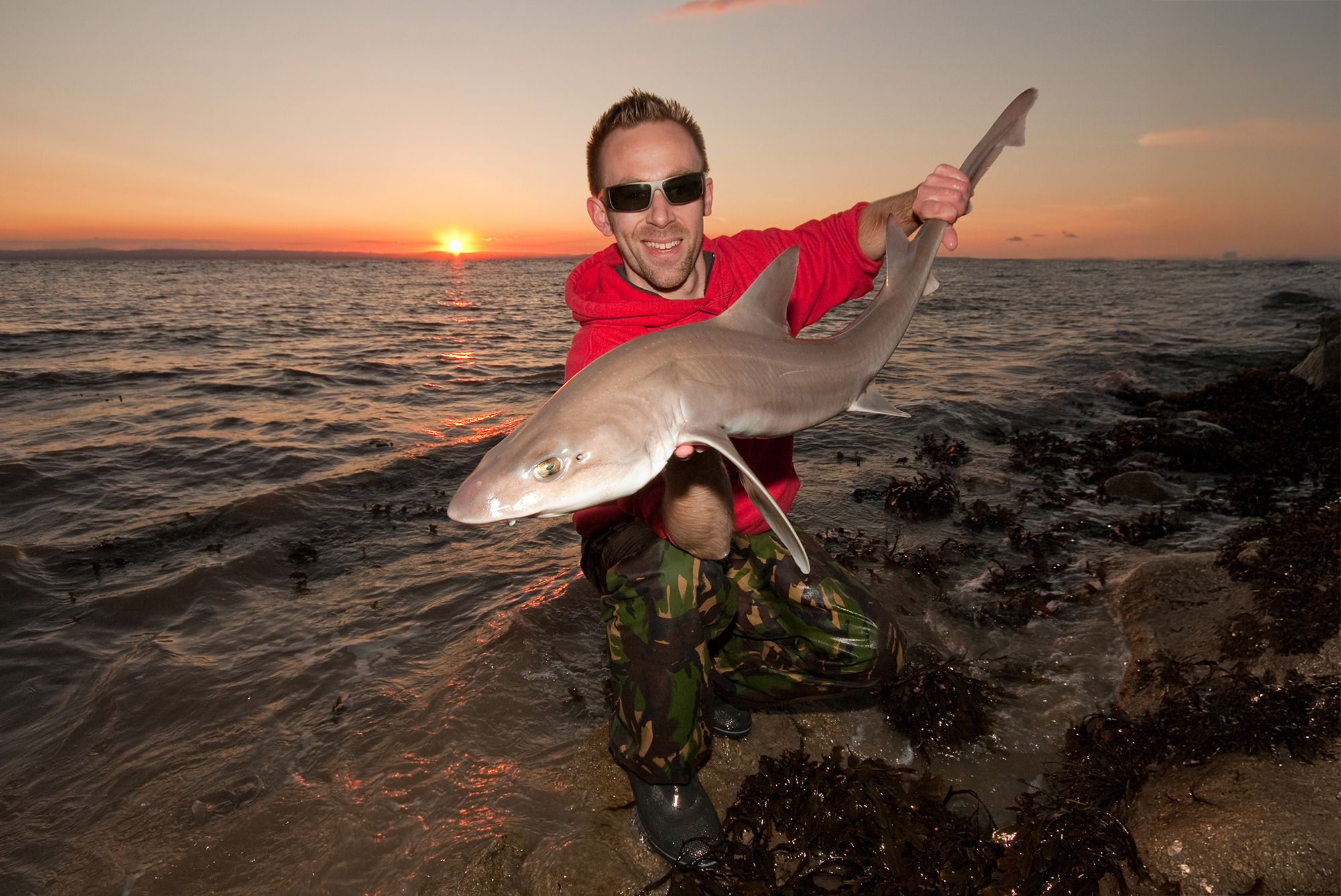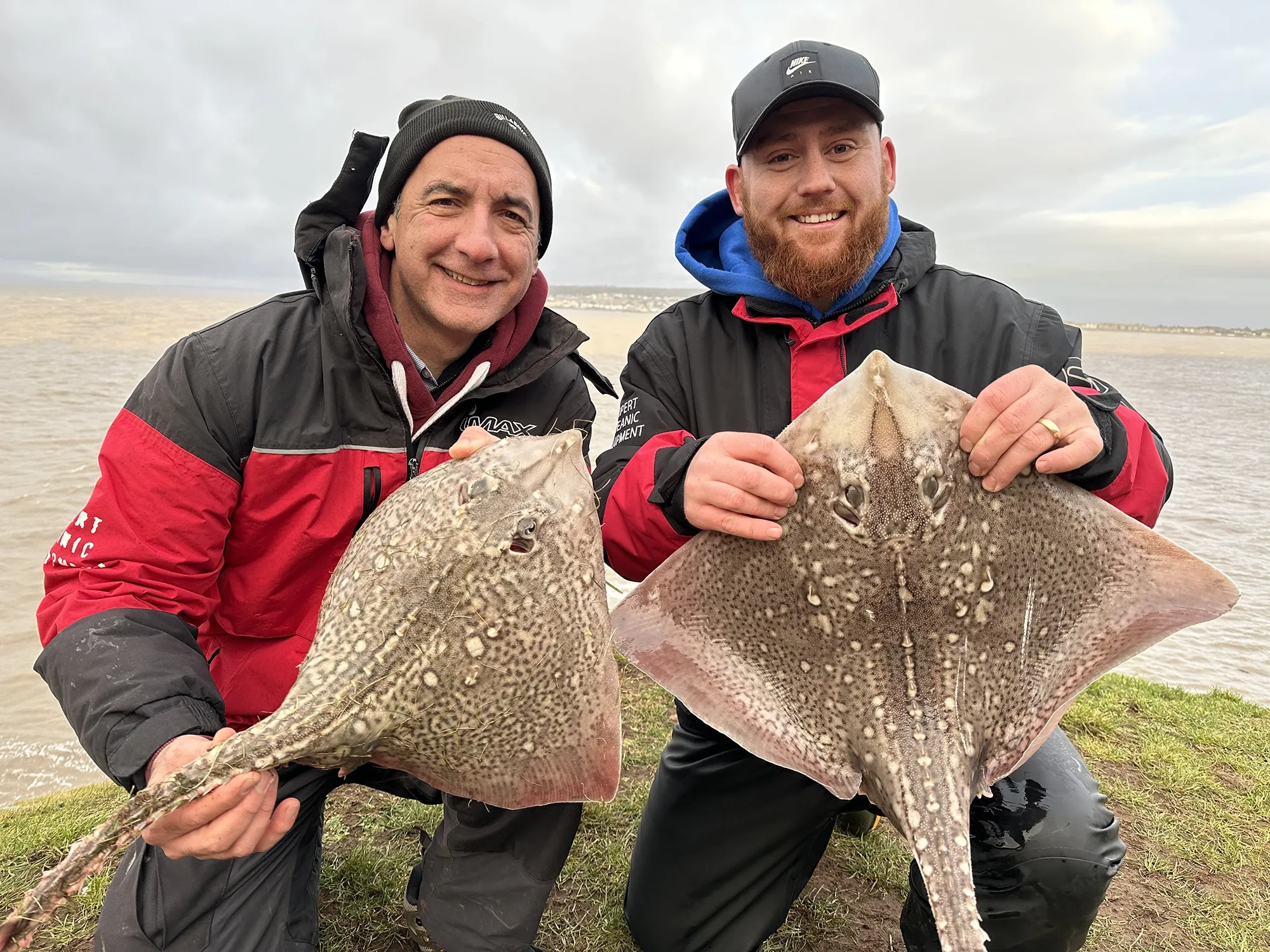Start Sea Fishing in the Bristol Channel: A Beginner’s Guide
Explore this guide to learn more about Start Sea Fishing in the Bristol Channel: A Beginner’s Guide.
Understanding the Bristol Channel
A complex waterway
Before you cast your line, it's essential to understand what makes the Bristol Channel unique. Stretching between South Wales and the southwest of England, the Bristol Channel has the second-largest tidal range in the world. This means that tides can shift by up to 14 meters, creating fast-moving waters that influence the venues you will fish from as well as fish behaviour.
The Bristol Channel is home to a variety of fish species, including rays, bass, smoothhounds, cod, and conger eels. Depending on the time of year, you can target different species that come closer to shore to feed. For a beginner, this diversity makes it an exciting place to fish, as there’s always something to fish for regardless of the season.

Step 1: Understand the Tides
Make your very first purchase a tide table, or find one online. Knowledge of the tides in the Bristol Channel is crucial to successful (and safe) fishing. With its strong tidal flows, fish tend to feed during particular stages of the tide. Here are some generalisations, but this is how the tides can potentially affect your fishing, depending on location:
- High Tide: As the tide comes in, fish tend to move closer to shore to feed. This is the safest time to fish, to begin with, as it offers easier access and usually more comfortable fishing than most low tide options.
- Low Tide: Usually the preferred time to fish from some of the rockier locations, such as one of the numerous headlands found here, simply because the receding tide reveals suitable platforms to fish from.
Remember- These are generalisations, and only time spent at a specific location will help you to understand how the tide influences that place and the movement of fish that are found there. A flooding tide can be dangerous and could potentially flood in behind you without your knowledge, so if fishing somewhere at low water for the first time, be constantly vigilant of your escape route back to the high tide line.

Step 2: Get the Right Gear for Sea Fishing
Having the right gear is crucial when starting sea fishing in the Bristol Channel. Unlike freshwater fishing, sea fishing requires stronger tackle to handle the tougher conditions, including stronger currents and harsh terrain. I work for Veals Mail Order and can advise you in greater detail if you’re looking to make a purchase, but here’s the very basics of what you’ll need to start out:
- Rod and Reel: For beginners, a good starting option is a beachcaster rod, which is between 13-14 feet long that will happily cast 6oz leads. This rod will help you cast modest distances, which is often necessary for shore fishing in the Bristol Channel. Pair it with a large fixed spool reel. Multiplier reels may be something to consider further down the line. You should be able to purchase a rod and reel for between £100 and £200, but Veals Mail Order has a wide selection to choose from.
- Line and Tackle: For the Bristol Channel, an 18-20lb breaking strain monofilament line (approximately 0.36mm - 0.40mm diameter) is perfect. It’s durable enough to handle all fish species in the area but most importantly it offers some abrasion resistance to the rocks, reefs and other underwater structures that your line may be rubbing against. You’ll also need a basic selection of rigs, such as pulley rigs for larger species and multi hook flapping rigs for targeting smaller species. A shock leader should always be tied to the end of your mainline. Use enough to run the length of the casting drop, the length of your rod and a minimum of six turns around your reel. A tapered shock leader is best and the thick end should be 60lb breaking strain for 6oz leads, 70lb for 7oz and so on. This is used to prevent your mainline snapping on the cast and is an essential safety measure- not an option. A quick release clip should be tied to the end of your shock leader to attach your rig. My current favourite is the Trident Termalink.
- Bait: Fish in the Bristol Channel are attracted to strong-scented baits, such as lugworm, ragworm, peeler crab, squid and bluey. Fresh baits work best, and you can buy these from local tackle shops or dig for them yourself. In murky waters, fish rely more on scent than sight, so smelly, natural baits are your best bet. It’s worth keeping the freezer stocked with baits such as bluey, mackerel and squid so you always have bait to hand.
- Hooks and Weights: Use size 1-4 hooks for smaller fish and worm baits and size 4/0-6/0 hooks for fish baits and larger species. For weights, 5oz to 7oz wired leads are ideal and will cover everything when you get started.
- Tripod: Essential to support your rod whilst waiting for a bite.

Step 3: Choose the Right Fishing Spot
The Bristol Channel offers many great fishing spots for beginners. Here are some of the most popular and easiest venues to try. To start with, limit your venues to just two, rotate them if possible and log your results. Make note of successful sessions, the stage of the tide and weather conditions.
- Clevedon: The seawall at Kingston Seymour just south of Clevedon offers species such as thornback rays, sole and bass, all of which can be caught at close range over high tide. Fish here two hours either side of high tide on a tide of between 11 and 12m on the Weston-super-Mare scale.
- Weston-super-Mare: The town beach produces flounder, thornback rays and bass. Fish here in the evening or very early in the morning, two hours before high tide and an hour back. The beach can be popular with other water users during the middle of the day. Medium sized tides are best here.
- Minehead: The harbour wall here offers easy fishing at high tide for species such as dogfish, smoothhounds and rays. Fish here two hours either side of high tide.
- Burnham-on-Sea: This location offers easy access and fishing from a sandy/muddy beach around the lower light house. Fish here three hours before high tide for bass, thornback rays and conger eels. Neap tides are best here and spring tides can actually make fishing impossible at times.
Remember- These are generalisations and it is possible to fish for longer at some venues, catch other species depending on the time of year and also to fish similar places nearby. But these will serve you well as a starting point.

Step 4: Learn the Best Fishing Techniques
To improve your chances of success, it’s important to learn the basic fishing techniques used in the Bristol Channel. Essentially, you will fish with a baited rig as detailed above, cast it out and then place your rod in a tripod (rod rest). A bite will be signalled by an indication on the rod tip which could present itself as a couple of twitches, a strong pull, or even the line falling slack. A bite could happen within seconds, it could take half an hour or more. Make sure to check the condition of your bait every time you wind in and make sure it is always fresh- this is really important. Never re-cast the same bait.

Step 5: Check Local Regulations and Weather
Before you head out, it’s important to check the local fishing regulations, including seasonal restrictions that apply to species such as bass. You do not currently need a licence for sea fishing in the UK (correct October 2025). Weather conditions also play a big role in sea fishing. The wind and sea state can greatly affect your fishing experience, so always check the weather forecast and be prepared for changing conditions. Try and fish during good weather to start with as it will make the whole experience so much more enjoyable.
Final Thoughts
If you don't try, you won't know...
Starting sea fishing in the Bristol Channel can be an incredibly rewarding experience. With the right gear, an understanding of the tides, and a little practice, you’ll be well on your way to catching a variety of fish in this rich and dynamic environment. Remember, if you’ve purchased everything you think you need but are struggling on where to go and when, you can always book me for a guided session where I can explain everything in detail and provide any of the tackle or bait that you might be lacking.


